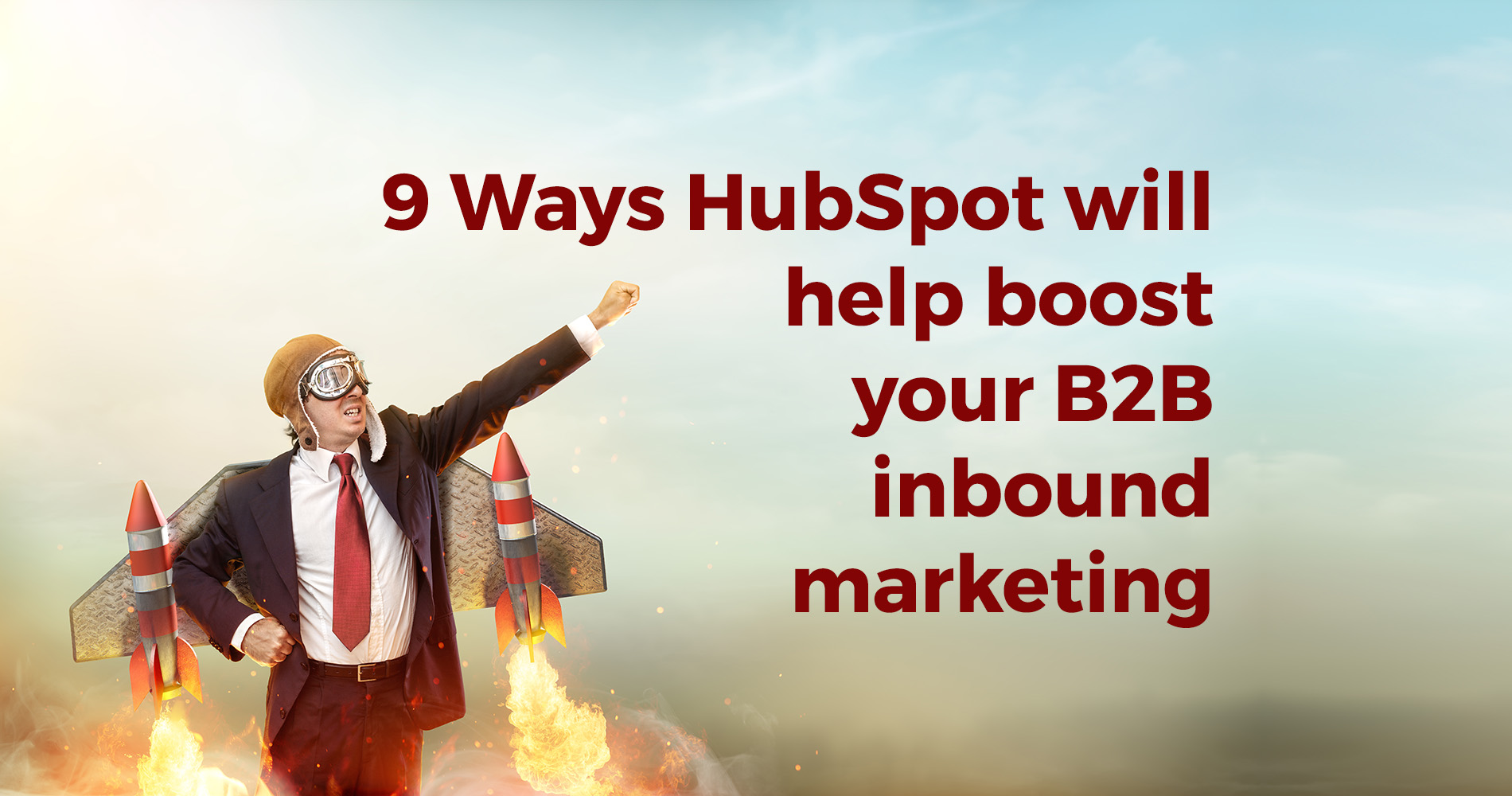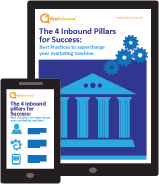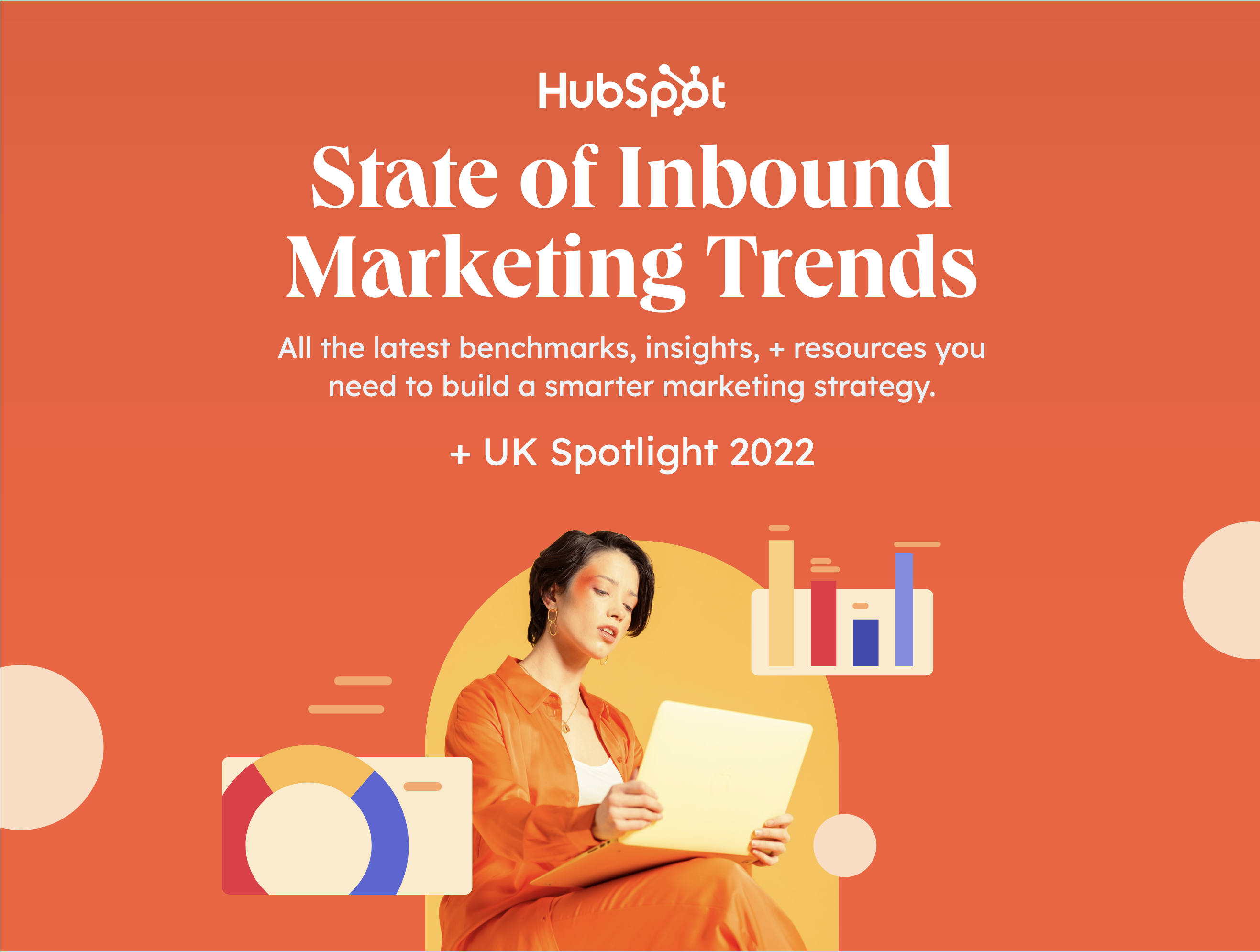Would you like to create content that helps you solve your day-to-day problems and build trust with your visitors? A B2B inbound marketing campaign aims to accomplish that. The focus of B2B inbound marketing is to utilise your existing user base to your fullest potential.
Theory-wise, you know how inbound marketing works. But what is the actual implementation like?
At Real Inbound, we rely entirely on inbound marketing. Our company invests a great deal of time and resources into teaching SEO and digital marketing to our customers. Currently, HubSpot remains our most important inbound marketing tool within our organisation as well as in the industry.
We help B2B businesses generate qualified leads with HubSpot's inbound marketing tools. You can gain knowledge and inspiration through HubSpot's marketing training and helpful how-to guides. Many of these strategies can be easily implemented using the HubSpot software suite. Here are nine HubSpot marketing tips to improve B2B results.
1. Pillar Pages and Topic Clusters
A pillar page provides the core content for a topic cluster. A topic cluster consists of a series of related articles or blog posts providing a comprehensive view of the topic.
Pillar pages organise content on your site into clusters (pillar pages), which then appear on the main index page that serves as the site's index. A pillar page and the topic cluster are sometimes referred to as hub and spoke.
A pillar page focuses on a particular topic rather than promoting a product or service. The content on this page is SEO-rich, without the need to download high-value information. You will get better search engine results by providing targeted content to Google, and this will result in more traffic and leads for your business.
In the sales department, you may generate leads from e-books and whitepapers irrelevant to your product line. Our main call to action is the pillar page, on which we invite interested parties to get in touch.
HubSpot's topic clusters feature allows you to visualise the relationship between topics and pages. Clusters provide a useful tool for planning blog posts and subtopics that promote pillar pages. A positive visitor's journey can be enhanced by linking key offers and pages in blog posts using targeted keywords.
This may help: 5 Tips for Starting with A Pillar Content Strategy
2. Smart Content
A smart content strategy is an excellent way to engage your audience in your Inbound Marketing campaigns. HubSpot developed smart content to enhance its emails and landing pages
It isn't easy to convince MQLs to subscribe to your service or to buy new products. The best way to achieve this is by creating smart content that engages specific groups of people. HubSpot can make your website more visible and attract fewer visitors by optimising its content.
Several websites offer free trials of services that they already use but don't find useful. The more upsells you offer, the more likely they are to purchase.
It is possible to craft smart content based on a contact's device, location, list, or stage in his or her lifecycle.
3. Thank You Pages
Let's say someone finds your website. If a visitor comes to your home page, a landing page, or a product page, he or she may be directed to several pages. Every time they visit your page, they become more interested in each word you write. You provide your website visitors with a download link, a subscription link, or a purchase option.
Since they have already taken action, your brand is clearly engaging them. There's even a chance they'll want to learn more on your website. Thankyou pages play a key role in this. It is your thank you page that determines whether visitors will continue to browse your website.
The basic function of a thank you page is to express gratitude to the user for completing your request. The purpose of creating a specific page for this content is to promote other offers, encourage contacts to learn more about your business, and ensure the user experience is satisfactory. Engaging potential opportunities may take more than a simple inline message or follow-up email.
4. Follow-up emails
Follow-up emails can help you avoid wasting your lead generation money or possibly losing the opportunity for a new sale. First contacts are important, but they are not the only ones. Follow-up is also an important part of a successful communication process. There is only a limited amount of time your prospects have to consider your products and services.
If done correctly, follow-up emails can be a great way to prompt contacts to contact you or sign up for a free trial or demo. You can also provide contact information in addition to a link to the e-book or webinar.
Instead of setting up your follow-up email through the portal, do it through the landing page settings. Using this method, you will be able to link your email and landing page properly. Additionally, lead nurturing requires fewer workflows, making it easier to manage.
Getting back in touch with a follow-up email can also help you differentiate between genuine and fake contacts.
5. Workflows
Workflows integrate seamlessly with email campaigns, letting you send multiple emails simultaneously. A workflow will also allow you to monitor the number of people who open an email or register for an offer. Your workflow establishes a content plan to turn qualified leads into sales. As a result, you can focus on warmer, stronger leads that are more likely to close.
For example, if a goal is set as 'contacts submit free trial form', the workflow will automatically remove those who have already signed up.
It is also possible to schedule a specific email to go to a specific group of people by using a branch. The above example displays a branch that targets both recipients who opened and did not open the previous email. You may not necessarily need to convey the same message to both groups based on their levels of interest.
In addition, sending a second email with new information or offers to recipients might induce them to visit the website after opening the first email. Branching allows you to run two campaigns at the same time in the same workflow. This makes it easier to monitor campaign results.
Check this out: 5 Marketing Automation Workflow Actions to Boss Your Sales & Services
6. Webinars
Webinars help you generate leads and generate interest in your services. Additionally, they offer many opportunities to create valuable content, such as dedicated listing pages, launch posts, on-demand updates, email campaigns, and even e-books.
Ideally, you should begin your campaign two or three weeks before the webinar to ensure that you have ample time to promote it through email and your blog. As soon as the webinar has ended, you can share the recording with those who missed it. It is a good idea to keep a webinar gated until the end of the campaign, and perhaps afterward as well.
HubSpot's easy integration with GoToWebinar is a great way to ensure that all attendees are captured in HubSpot workflows. You can also send reminders before the webinar to make sure attendees don't forget about it.
7. A/B testing
The A/B test can reveal which elements of your website and landing pages generate more engagement and clicks. You can optimise your website traffic by using A/B testing to minimise guesswork when it comes to optimisation efforts. Data-driven decisions can improve the conversion of your website visitors into leads.
For instance, two variants of a form could include extra fields as an A/B test. You can test whether the longer form discourages subscribers or increases data collection by running both options simultaneously.
The most successful approaches can be tested through A/B testing of copies, forms, and images. Learn more here: 10 Fantastically Easy A/B Testing Best Practices
8. HubSpot Email Analytics
HubSpot recently launched a tool that shows a heat map of recipient clicks for email campaigns. You can use this data for future testing of emails by viewing which devices recipients opened the emails on.
Further, you can find out how many people skimmed or glanced at the email. The ability to identify improvement opportunities for future campaigns depends on the ability to identify areas for further testing.
9. Book a meeting tool
The Book a meeting tool from HubSpot encourages prospects to book meetings directly rather than sending correspondence via email to schedule meetings. Automated emails will include a link to book a meeting for prospects if the program is implemented.
Lastly,
The HubSpot platform can help you become a champion when it comes to Inbound Marketing. The goal of inbound marketing is to drive value to customers. Today, consumers prefer advice, independent decision-making, and not sales pitches.
Entrepreneurs must rely on tools such as HubSpot to create compelling content and experiences. This software can transform your business and campaign instantly.







